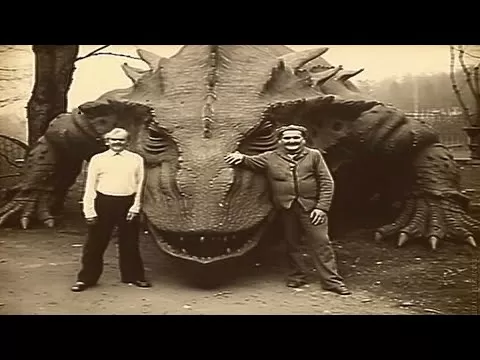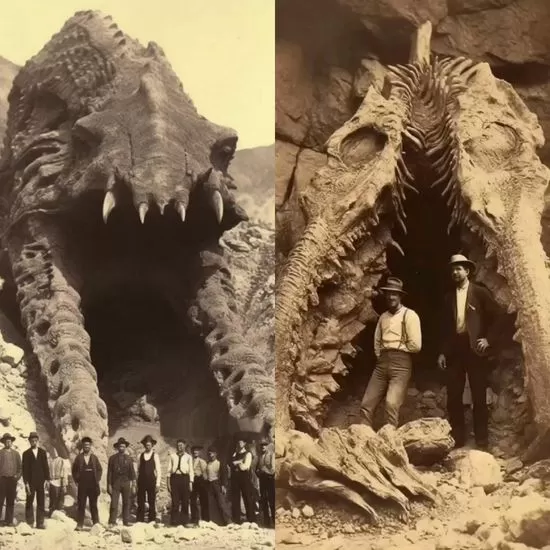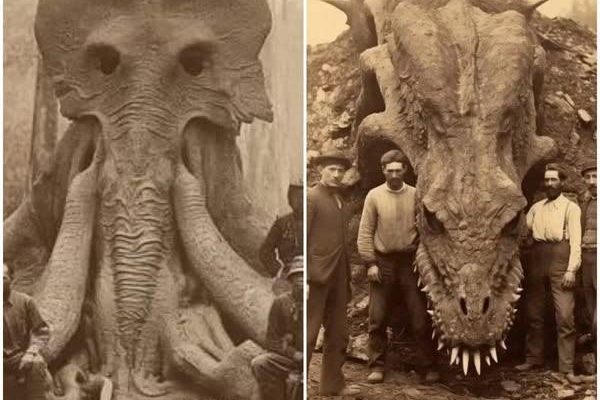In the 15th and 16th centuries, when European explorers began to venture into South America, they encountered completely unknown animals. These animals, never seen before by Westerners, called into question existing ideas about the nature and evolution of species. His discoveries not only changed the way scientists understand the Earth’s biodiversity, but also influenced the development of important theories about animal evolution.
One of the most interesting groups of animals that explorers encountered in South America were mammals, especially sloths and monkeys. Sloths have amazed Europeans with their strange way of moving and their lifestyle adapted to arboreal life. Their slow movements and specialized limbs for holding on to branches challenged European concepts of what a mammal should be. This discovery opens new doors in understanding evolutionary adaptation, as sloths show how animals can evolve and thrive in specific environments, such as tropical trees.

Another iconic animal is the armadillo. Its hard shell and ability to curl up into a ball for protection caused great amazement among explorers. The armadillo amazed not only with its appearance but also with its adaptive behaviors that show the amazing diversity of defense forms that nature has evolved in different parts of the world.
South American monkeys have also left a big mark on science. With their complex social structures and ability to move gracefully through the forest canopy, monkeys have challenged the conventional concept of animals in Europe. Primates in particular have played an important role in providing a deeper understanding of mammalian evolution. Some of these monkeys, such as the capuchin and howler monkeys, show complex social behaviors that reflect adaptations to forest environments and group living, giving rise to new theories on the evolution of animal intelligence and social structures.

The discovery of species such as the tapir and the puma also left an important mark on science. The tapir, a mammal with a powerful body and an elephant-like trunk, has amazed explorers with its adaptations to life in tropical forests. Meanwhile, the cougar, as a large carnivorous feline, demonstrated that South American animals are perfectly adapted to hunting in jungles and mountainous areas.
The impact of these discoveries was not only immediate, but also contributed to the development of the theory of evolution. Naturalist Charles Darwin, who studied South American animals during his famous voyage on the Beagle, was inspired by these animals and their unique adaptations. Through his observations, he was able to put forward fundamental ideas about natural selection and how organisms adapt to their environment in order to survive.
In conclusion, the animals discovered by Europeans in South America were key to revolutionizing the Western view of nature. These meetings not only expanded knowledge about the Earth’s biodiversity, but also contributed to the development of important theories about the evolution of species.



